When a single stolen phone becomes the thread that unravels an entire criminal empire, it shows how potent modern tracking has become in the fight against organized crime. London saw this up close when mobile device theft hit alarming highs, with approximately 80,000 phones reported stolen in 2024 alone, a significant increase from the previous year. The estimated value reached £50 million, equivalent to over Rp1 trillion, a snapshot of the scale of this underground economy.
Why does tracking matter so much here? Mobile phones now account for two-thirds of all theft cases in London, with iPhones representing roughly 80 percent of the targeted devices. Thieves chase high value devices. That focus gives police an edge, since premium phones create clean digital breadcrumbs that can lead from one street robbery to a sprawling criminal network.
The global smuggling pipeline revealed
The scope is international, not local. Investigation data shows that approximately 75 percent of stolen phones are trafficked to overseas destinations, including countries like Algeria, China, and Hong Kong. Track one device, and you often uncover routes, contacts, and distribution hubs that stretch across continents.
This is why London police now work with agencies such as the National Crime Agency and Algerian authorities to disrupt those pathways. Follow a handset from London to Algeria and you are not just recovering a phone, you are mapping infrastructure.
There is a violence thread too. London Police Chief James Conway has linked mobile device theft to escalating violent crime, noting a disturbing trend, 65 to 70 percent of knife crime stems from robbery problems. So when tracking points to phone theft crews, investigators frequently land on groups tied to serious violence that threatens public safety.
How IMEI tracking becomes a crime-fighting weapon
The technical backbone is device identification that works across borders. Every smartphone contains an IMEI number that provides detailed device information, including model, brand, release year, and specifications, so investigators can track without physical access. That unique identifier is a key that can open doors to entire operations.
In practice, IMEI tracking combines GPS and cellular network technology to pinpoint locations across different countries and systems. When smugglers move phones along those international routes, cellular networks offer general location data, while GPS supplies precise positioning, even as the device bounces between countries.
Police have shown how effective this can be. Chicago officers used IMEI tracking in October 2023 to locate suspects in an armed robbery, while Fort Worth police used the same approach to find a kidnapping victim in February 2024. One device, quickly traced, can surface suspects, vehicles, stash sites, the works.
The lesson for cross border smuggling is straightforward. Each handoff, each SIM swap, each tower ping can feed real time intelligence about routes, contacts, and drop points.
The tech industry pushback and blocking challenges
Tracking can expose networks, but stopping stolen phones from working overseas is another fight. The Metropolitan Police Service is working with Apple and Google to render stolen devices inoperable, yet the current limits keep the trafficking economy alive.
One proposed fix is global blocking via IMEI numbers, but phones are currently only blocked on UK networks, which does not prevent overseas usage. A device that is dead in London can spring back to life in another country, a reality that preserves profit for smugglers.
Apple has expressed concerns about global blocking approaches, with Gary Davis, Apple’s Head of Law Enforcement Affairs, citing risks of fraud and harm to legitimate spare parts markets. The company says it sees over 1,000 monthly attempts at identity fraud where criminals try to manipulate blocking systems.
There is a twist. If phones keep working abroad, they keep talking, and that chatter can be tracked. The same limitation that lets criminals cash in also lets investigators watch the pipeline.
Legal frameworks and surveillance methods
Tracking stolen phones through international networks sits inside legal guardrails that have adapted to modern theft. Under U.S. law, police typically must obtain a search warrant before tracking a phone, though emergency situations like kidnapping or terrorism threats may allow bypassing warrant requirements. Those carve outs often intersect with violent robbery cases.
The volume is not small. Virginia’s Chesterfield County Police conducted over 4,500 days of cell phone location surveillance in 2020 (public-records analysis), a glimpse at how common this tool has become in property crime work that often escalates into bigger cases.
Investigators also lean on targeted gear. StingRay devices mimic cell towers to intercept phone data, helping locate stolen devices even when suspects try to stay hidden. IMSI catchers capture unique phone identifiers to link devices to specific individuals, which lets police build out the cast list of a smuggling crew.
Put together, these methods can follow a phone from a London street to an Algerian warehouse, naming the people and places along the way.
What this means for the future of mobile security
The collision of theft, smuggling, and tracking marks a pivot point in mobile security, where one device can open the door to an entire criminal map. Dutch police recovered €19.3 million worth of stolen phones within hours of an Amsterdam Schiphol theft, proof that speed and data can shut down major jobs before devices disperse.
Tech firms are pushing countermeasures. Google’s Theft Detection Lock uses AI to sense when a phone has been snatched, then automatically locks the device to protect user data. That keeps victims safer, and it can blunt the resale value for smugglers while leaving the device traceable.
Criminals are evolving too. Organized networks in Southeast Asia have integrated emerging technologies like AI and deepfakes, generating an estimated $27.4 to $36.5 billion annually from cyber enabled fraud operations. As phones get harder to exploit, some crews will pivot, and the chase moves online.
What comes next feels clear enough. Smarter on device defenses that predict and prevent theft, tighter cross border cooperation that enables real time tracking, and criminal networks that keep adapting. My bet, the winners will be the teams that can turn one blinking dot on a map into an arrest, a recovered shipment, and a dismantled crew, fast.
The story that begins with one stolen phone and ends with a shuttered smuggling ring captures a shift in capability. As tracking gets sharper and cooperation deepens, single devices become windows into sprawling operations. The question now is not whether we can track, it is whether we can move quickly enough to stay a step ahead of the people trying to beat the system.




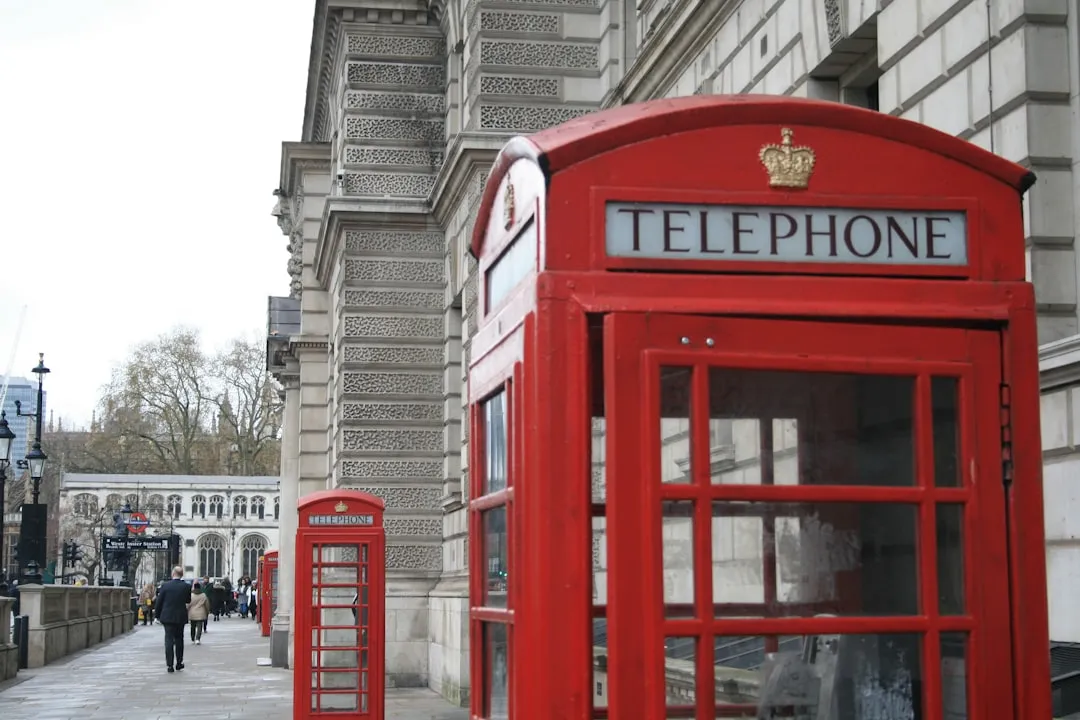
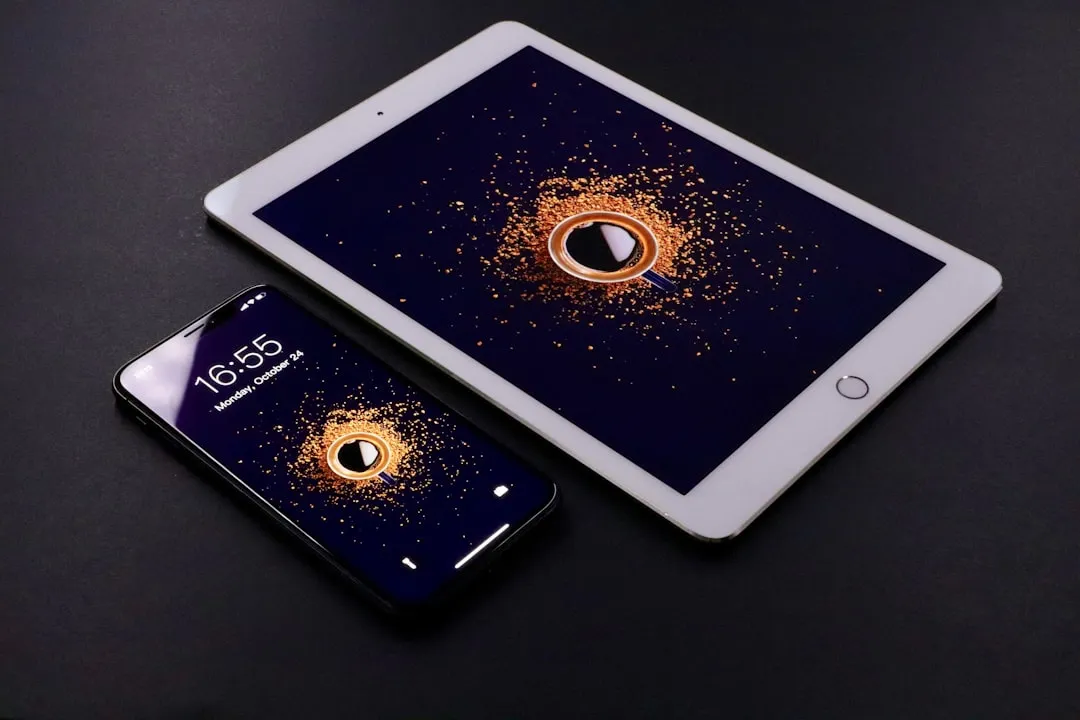
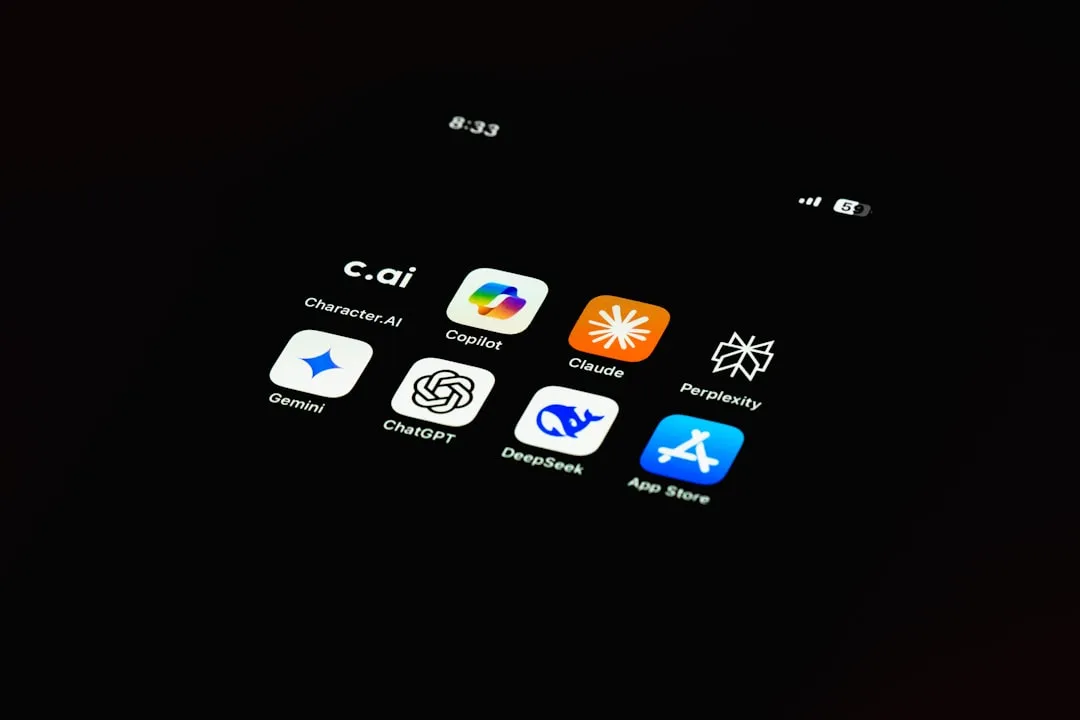

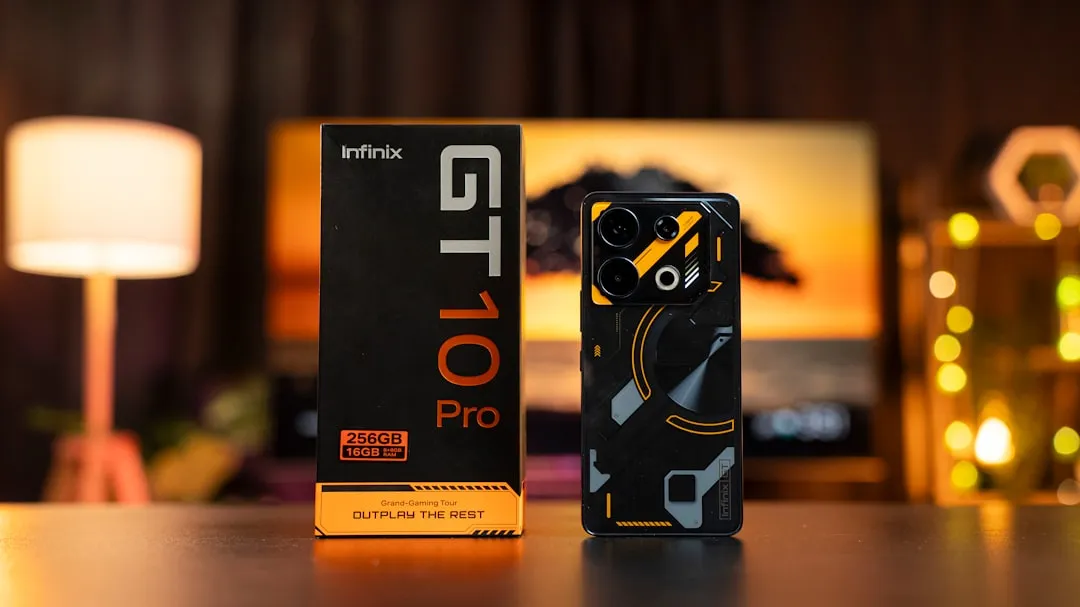
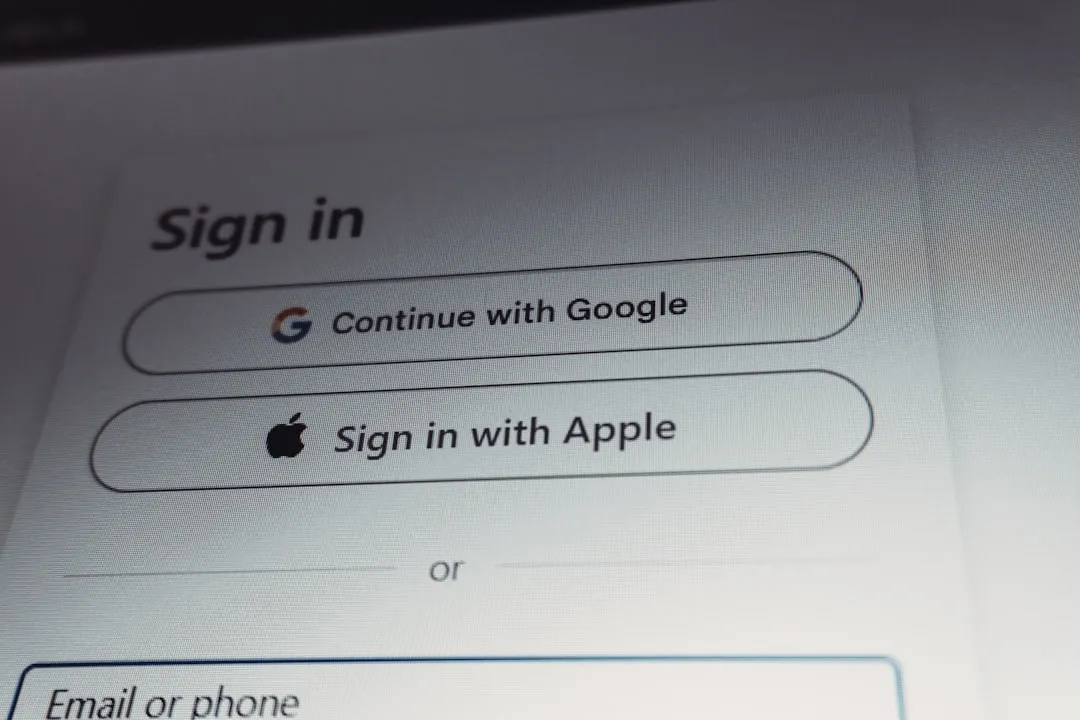
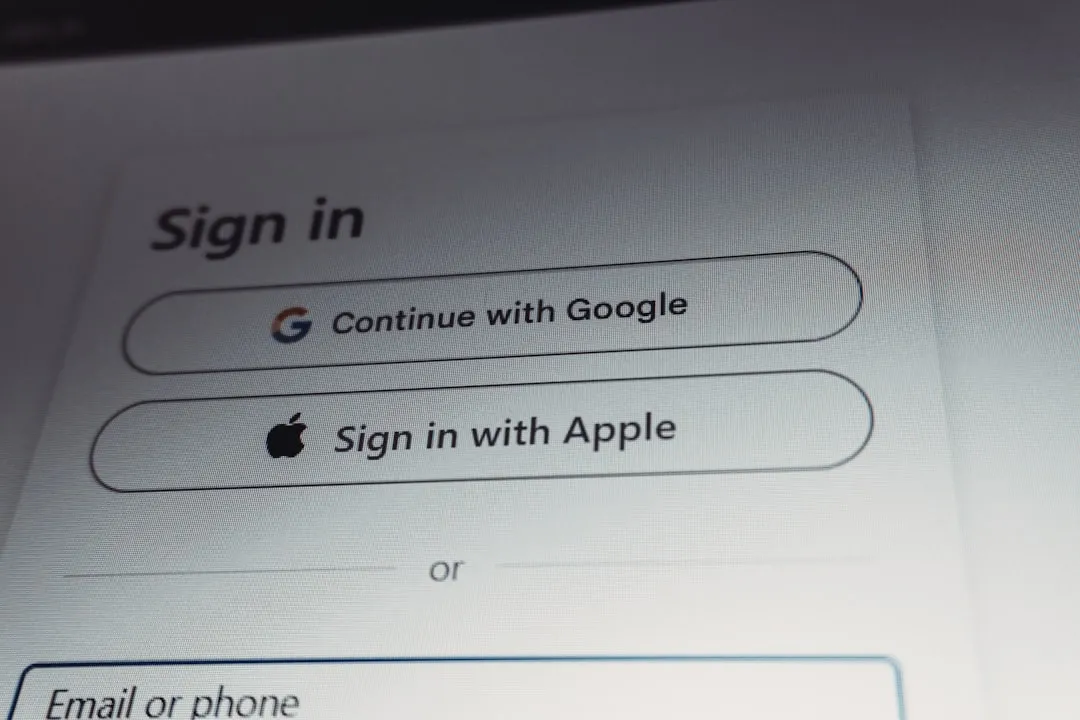
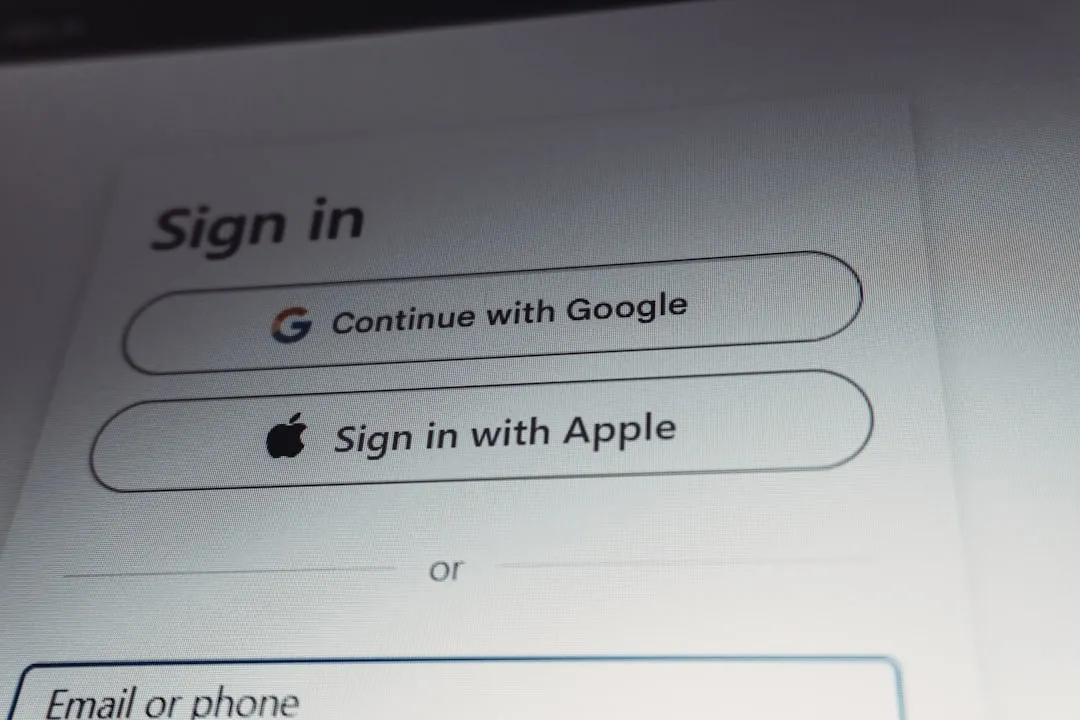


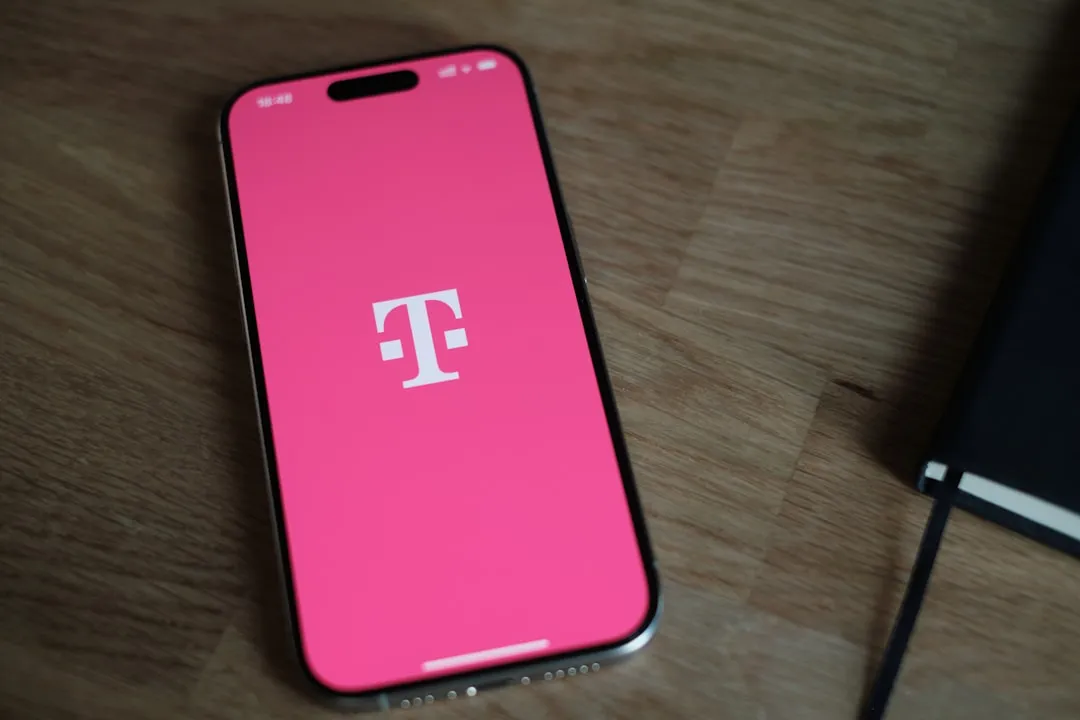

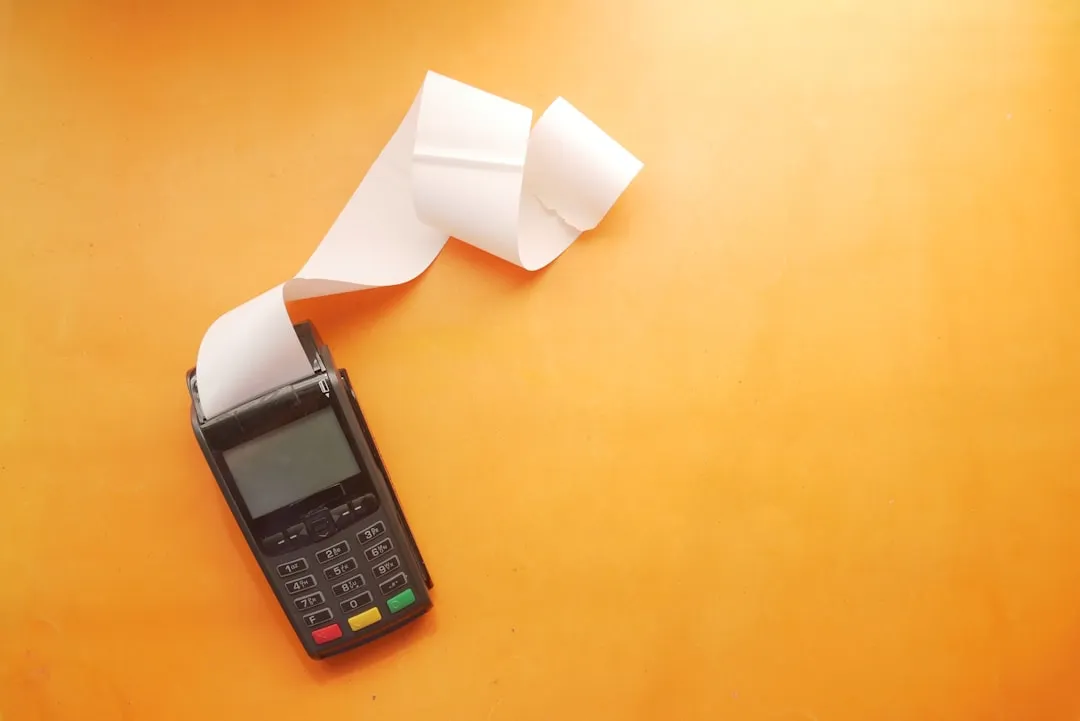

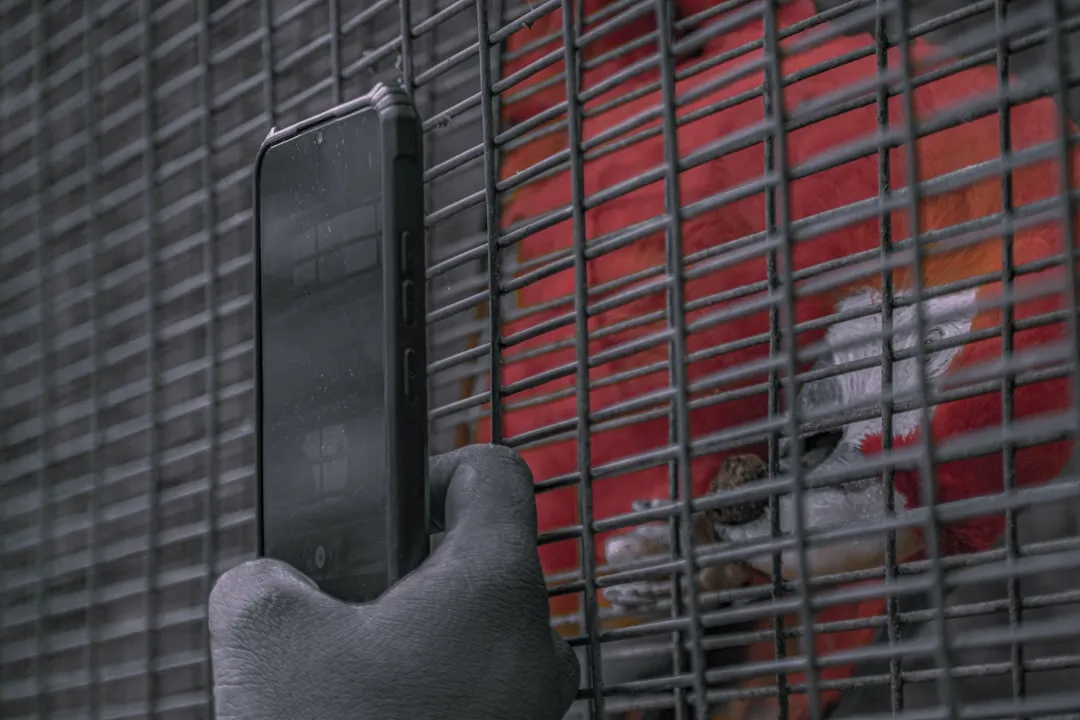

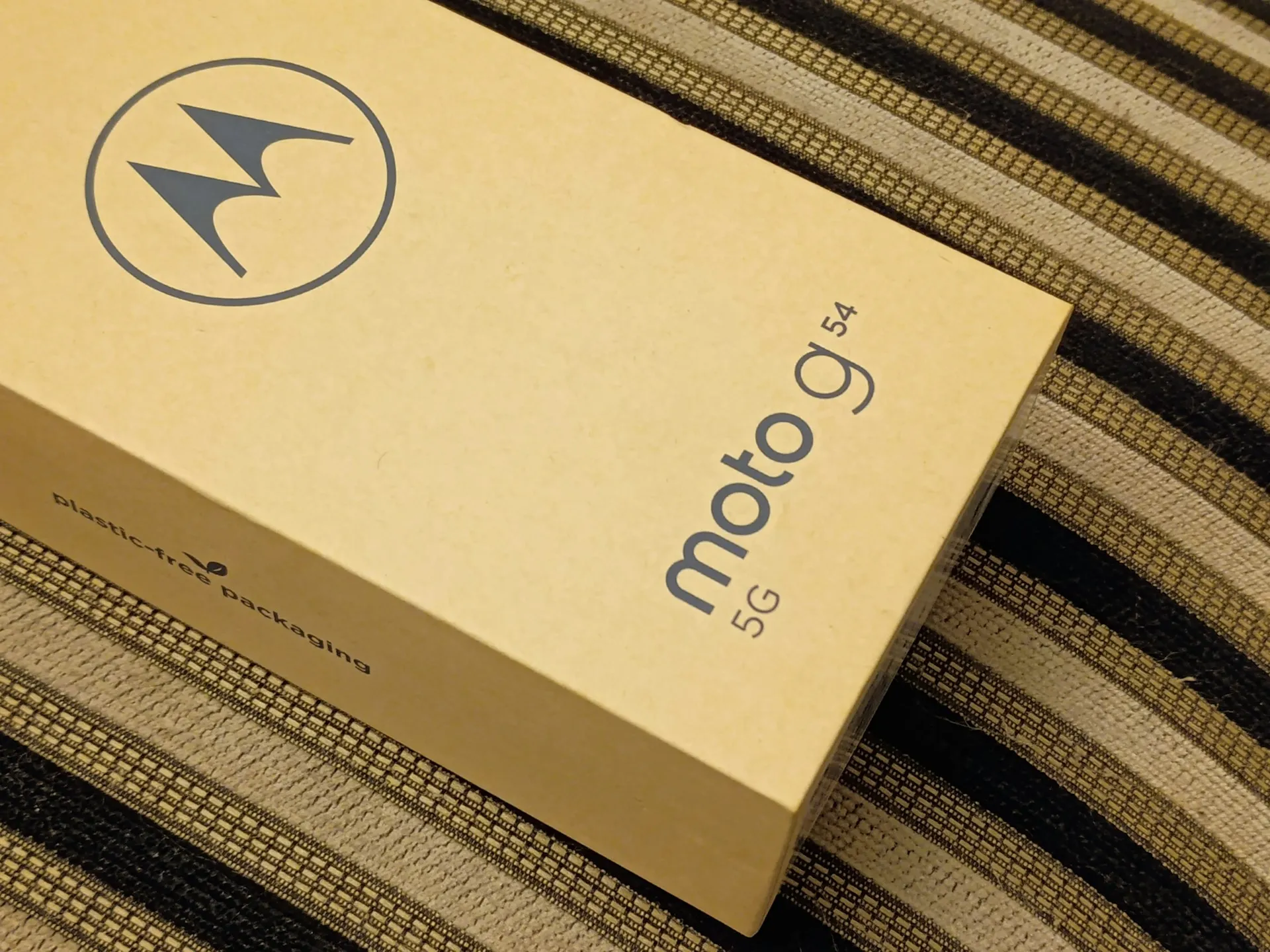

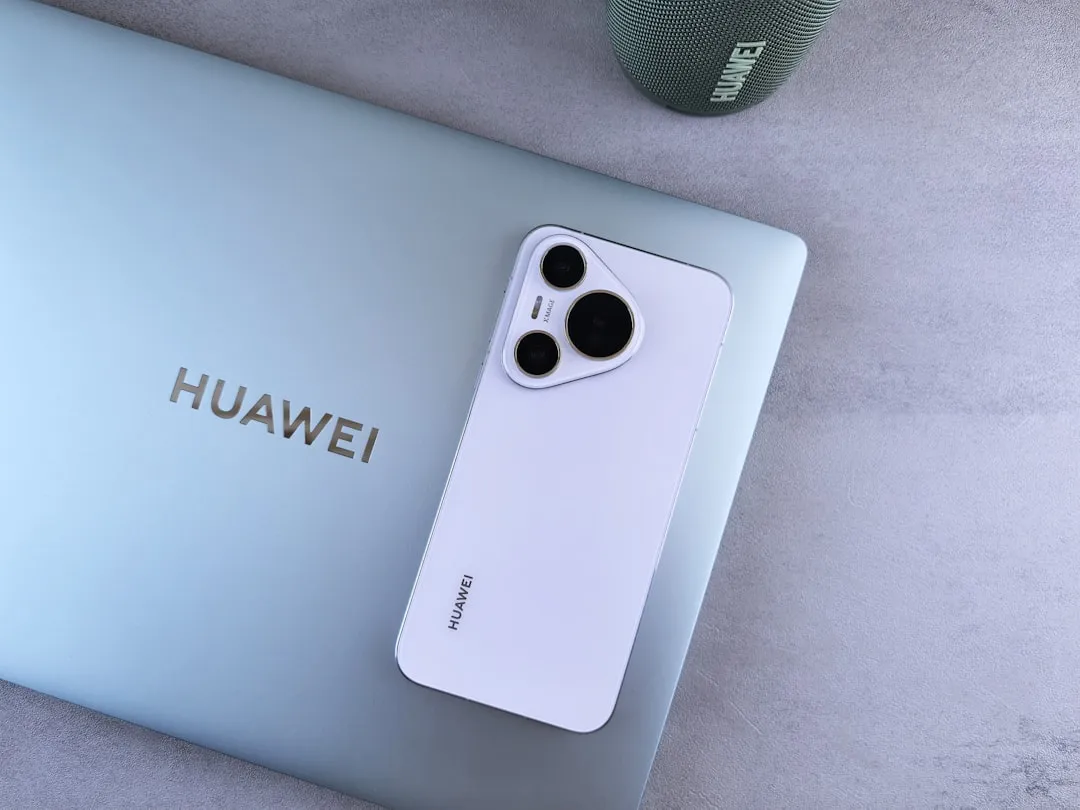

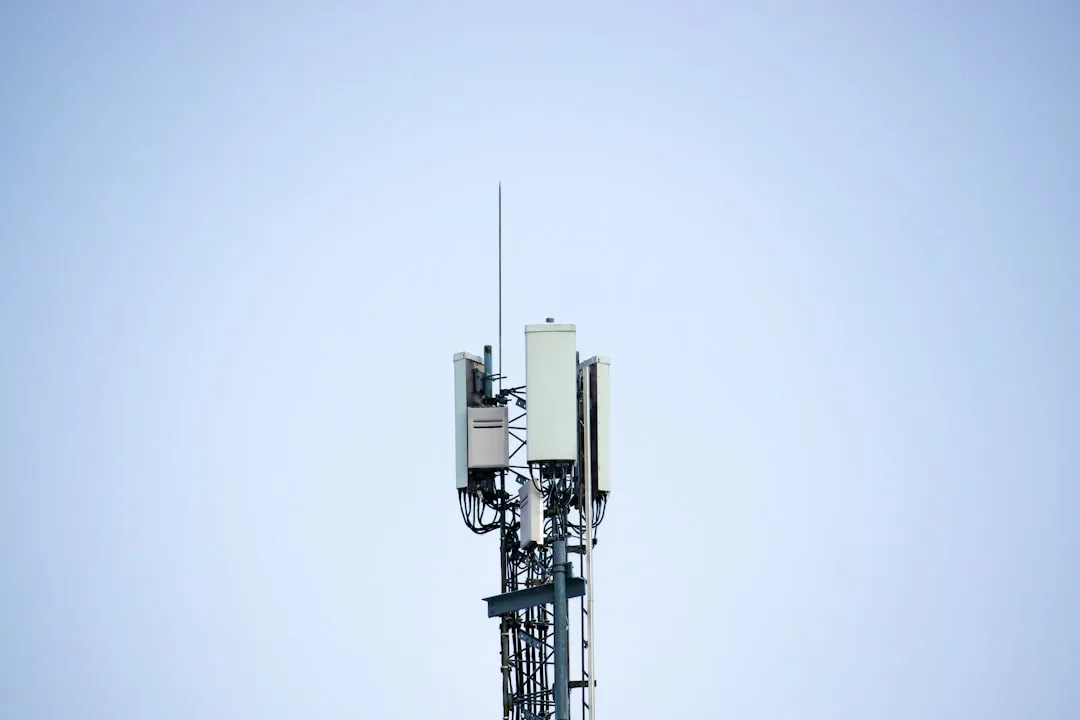
Comments
Be the first, drop a comment!